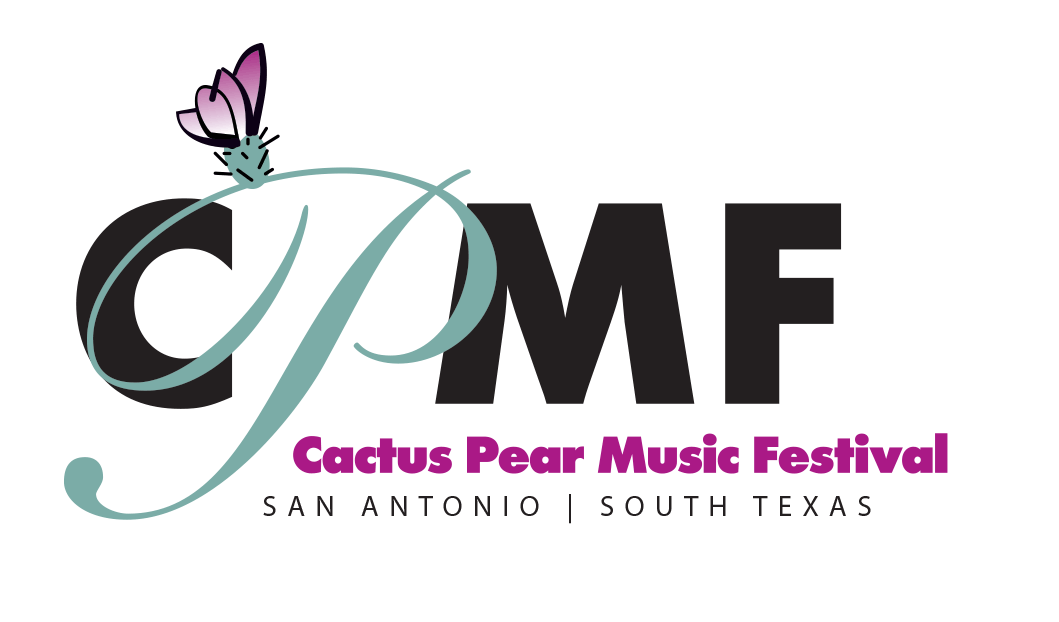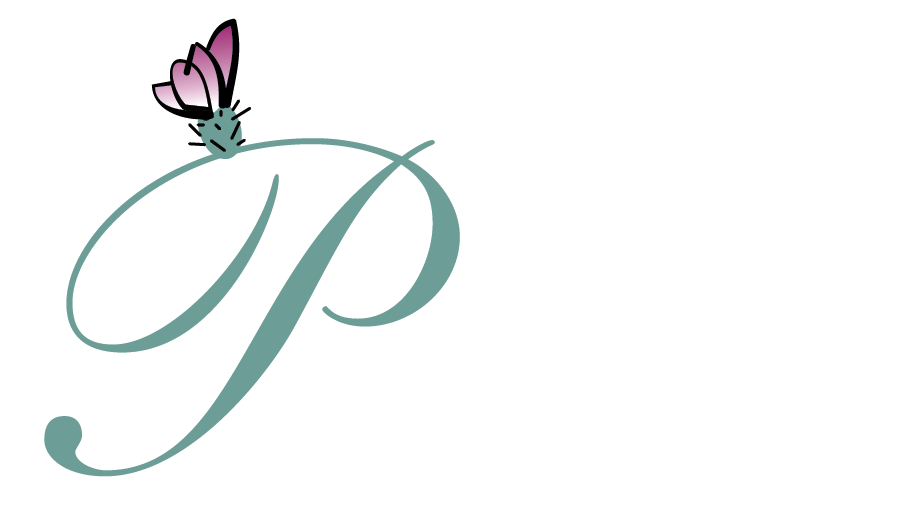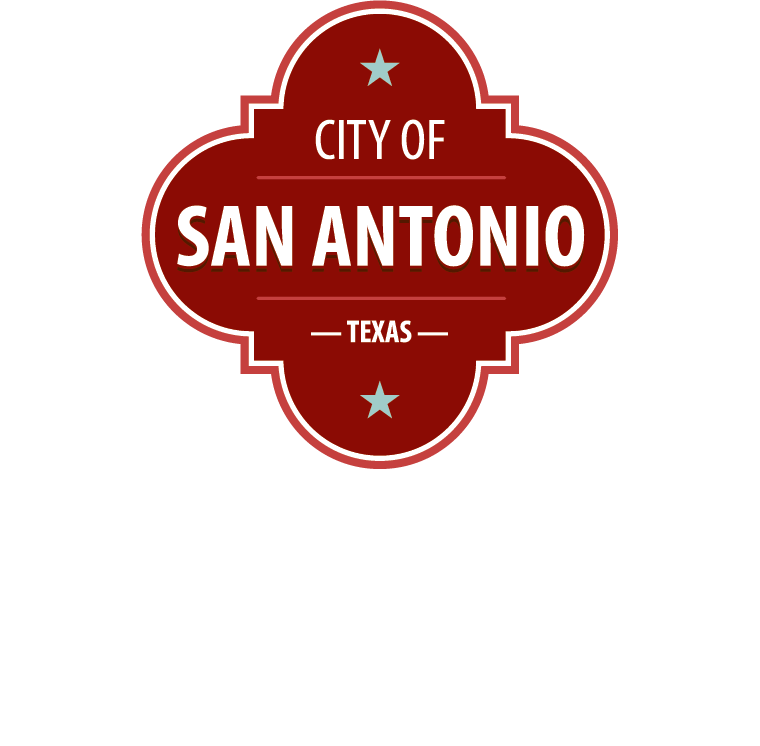Season 26
On The Threshold
PROGRAM NOTES
by Jeffrey Sykes, DMA
I: In C
Wednesday July 6, 2022
Chapel in the Hills, Wimberley – 7 pm (Free, limited seats, reserve seat(s) at ticket site)
Thursday July 7, 2022
Trinity Baptist Church, San Antonio – 7 pm
Wolfgang Amadeus Mozart
(1756-1791)
• Quintet in C Major, K. 515 for two violins, two violas & cello (1787)
— Sant’Ambrogio, dePasquale, Bryla-Weiss, Sorgi, Rapier
Johannes Brahms
(1833-1897) •
Piano Quartet No. 3 in C Minor, Op. 60 for piano, violin, viola & cello (1875)
— Yanagitani, dePasquale, Sorgi, Ross
Wolfgang Amadeus Mozart (1756-1791)
Quintet in C Major, K. 515 for two violins, two violas & cello (1787)
— Sant’Ambrogio, DePasquale, Bryla-Weiss, Sorgi, Rapier
Mozart wrote six quintets for two violins, two violas and a single cello: one of the viola quintets is a very early work; one of them is an arrangement of a wind serenade; and four of them date from his last years. These four late string quintets are considered by many critics to be his greatest chamber music. Considering that it’s Mozart we’re talking about, the Mozart who turned everything he touched into gold, that’s quite a statement. The great critic Charles Rosen claimed that the quintets showed a “complexity in the inner voices that had disappeared from music since the death of Bach.” That complexity leads to a tremendous warmth and richness of sound that endears them to performers and audiences alike.
Mozart wrote the String Quintet in C Major, K. 515, in April 1787, not long after a period of writing the six “Haydn” quartets and the “Hoffmeister” quartet and just before starting on his opera Don Giovanni. Mozart offered the work on subscription, together with the Quintet in G minor, K. 516, advertising that the two quintets were “beautifully and correctly written.” Many of Mozart’s greatest chamber works were first offered on subscription to the public, and this common method of dissemination had worked well for Mozart. Unfortunately in this case, so few people were interested in subscribing that Mozart delayed the release of the works. The quintets were certainly much more complex than the usual fare of the day. (If you remember the movie Amadeus, you might remember what Emperor Joseph II tells Mozart after the premiere of one of his operas: “Too many notes!” Perhaps the Viennese public felt the quintets also had too many notes.) He ended up selling them to the Viennese publisher Artaria in 1788.
Piano Quartet No. 3 in C Minor, Op. 60
(written 1855-75; published 1875)
— Yanagitani, dePasquale, Sorgi, Ross
When Brahms wrote to his publisher Simrock regarding the Piano Quartet in C Minor, Op. 60, he included this advice about the title page: “You might display a picture on the title page. Namely a head—with a pistol pointing at it. Now you can form an idea of the music! I will send you my photograph for this purpose! You could also give it a blue frockcoat, yellow trousers, and riding boots, since you appear to like color printing.”
For any well-educated German speaker of the 19th century, the reference would be unmistakable: Brahms is referring to Werther, the hero of Goethe’s great epistolary novel The Sorrows of Young Werther. Written in 1774, Goethe’s novel became an instant success, brought Goethe international fame, and was an important influence on Romantic thinking in literature, art, and music. Werther, a young artist of sensitive and passionate temperament, falls in love with Charlotte; but Charlotte is already married to Albert, also a close friend of Werther. Werther sees no way out of his great dilemma other than suicide. He writes to Albert asking to borrow his pistols, claiming he is headed on a journey; when he receives the pistols, he plots his suicide, and shoots himself in the head on Christmas Eve. Werther’s clothing—a blue coat worn over a yellow vest with yellow trousers and riding boots—became an instantly-recognizable fashion trend among young people wanting to show their discontent with the status quo. Sadly, the novel also spawned many copycat suicides.




